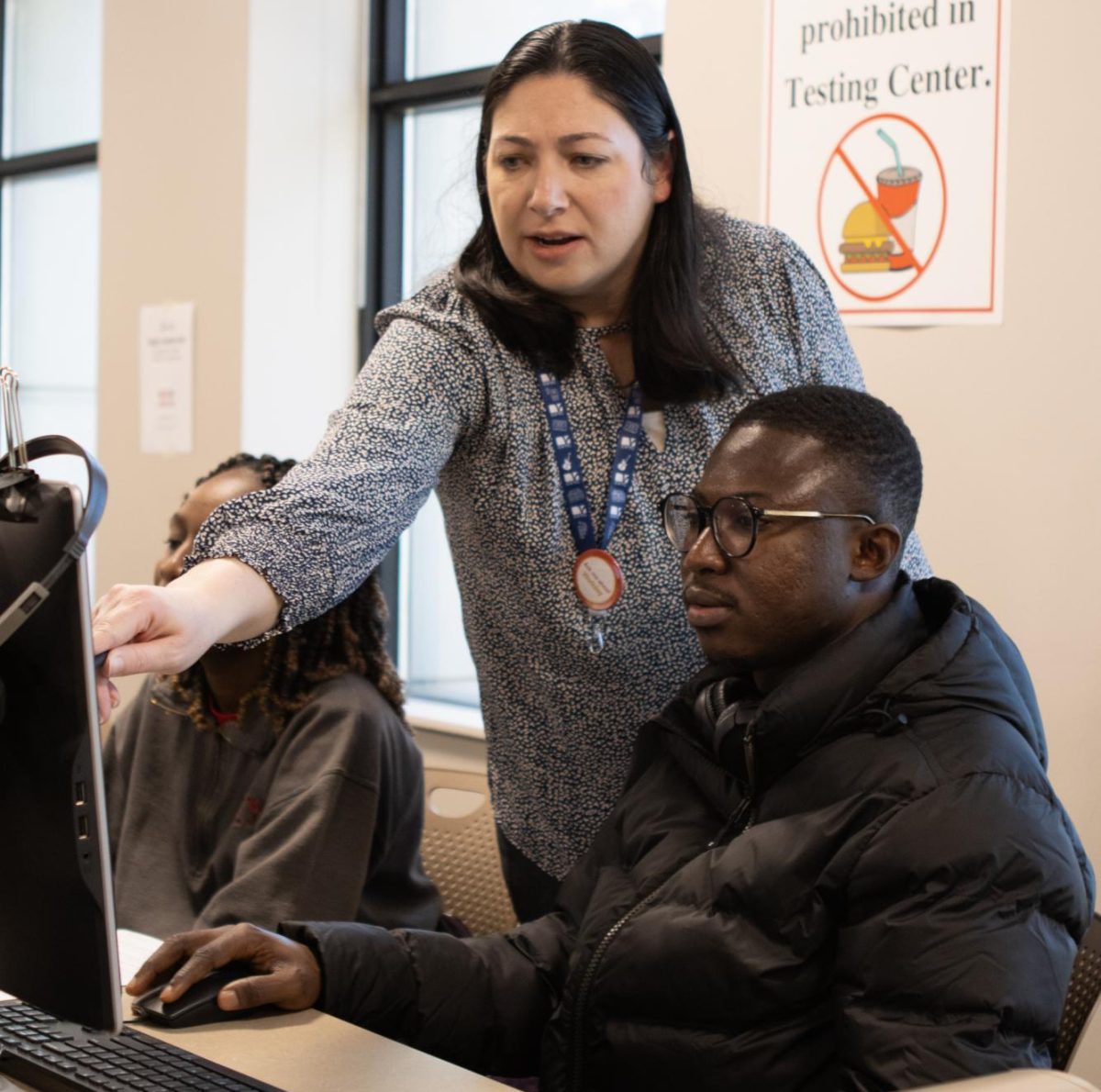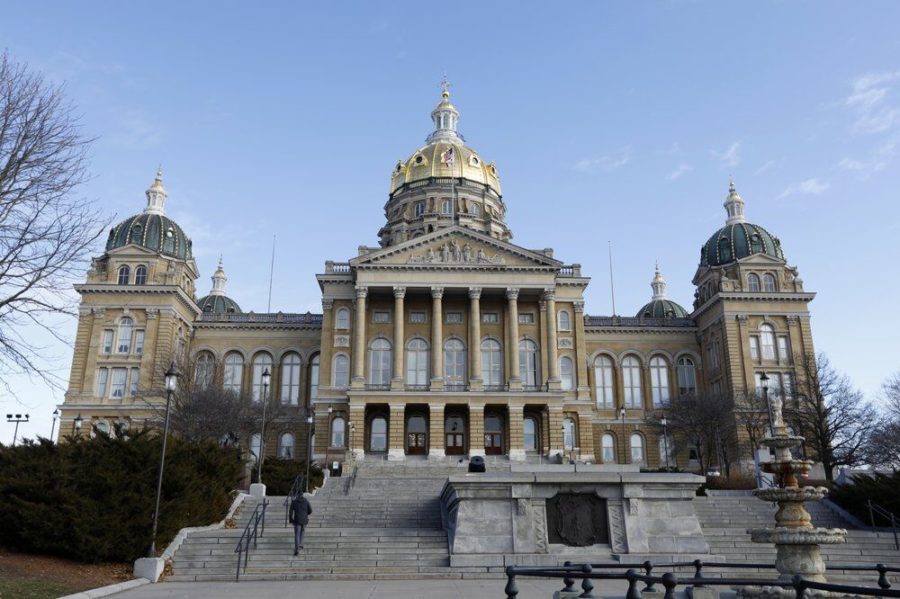How to prepare for a natural disaster
May 17, 2017
There is a reason Iowa is part of what is known as “Tornado Alley.” According to the National Weather Service, there were 43 tornadoes in Iowa in 2016 and 58 tornadoes in 2015. With that many tornadoes every year it is important to be prepared for them, as well as other natural disasters. This includes not only tornadoes, but also severe weather, earthquakes, floods and droughts.
There are many things to consider when preparing for a disaster. There are also multiple ways to prepare, which include building a kit and having a plan.
This plan should consist of what to do when disaster strikes. It is what is used before, during and after a natural disaster. It is vital to know the plan well. This includes where to go depending on the disaster as well as how to get there, who to contact once safety is achieved, contact information and what to do with pets or animals.
The Department of Homeland Security suggests printing these plans out and has templates available on their website.
Other suggestions include making a backup plan for what to do if a location, means of transportation or communication services are unavailable. It is also recommended to develop a plan for different times of the day, when the family may be apart due to school and work or other activities.
Many public buildings will already have emergency plans and safe places to seek shelter.
There are many services which may be unavailable for hours, days and potentially weeks after the disaster. These may include emergency services, grocery stores, communications, gas, water and electricity.
The purpose of preparing a kit is to help mitigate these needs in case of disaster.
The Department of Homeland Security suggests preparing for 72 hours after the event. Taking the number of people into account is important for gathering enough supplies. More information and suggested items can be found on their website.
Generic supplies include:
- Food, three day supply per person
- Water, one gallon per person per day
- Pet food if necessary
- An emergency radio, with extra batteries or a hand crank
- Portable chargers or solar chargers
- First aid kit for minor injuries
- Trauma kit for major injuries
- Various plastic bags, for storage or sanitation
- Emergency whistle for signaling for help
- Flashlight with extra batteries
- Candles
- Basic tools, such as a hammer or pliers
- Manual can opener
- Maps of the area
- Matches or lighter
- Toiletries
- Fire extinguisher
- Dust masks
- Entertainment (games, books, paper/pencil)
- Cash/checks
Supplies needed may change based on the severity and type of natural disaster. For example, a boat would be more useful in a flood than it would in a drought. A tent may be necessary after a tornado, but during a flood would be impossible to set up.
According to The Weather Channel, many people do not pack enough supplies when they prepare. These are commonly food, water and money. Many people also have outdated maps or emergency services information. It is important as well to make sure first aid kits are complete and are restocked after they have been used.
Other things to prepare include collecting prescriptions for family members or pets and keeping children and animals up to date on vaccinations if necessary.
Even having supplies and a plan is not enough. These plans must be practiced, and the supplies should be kept stocked. Listening for updates on the radio will be key to adapting the plan for success. This could be knowing when it’s safe it leave shelter, or knowing that supplies may need to be rationed for an extra day or two.















